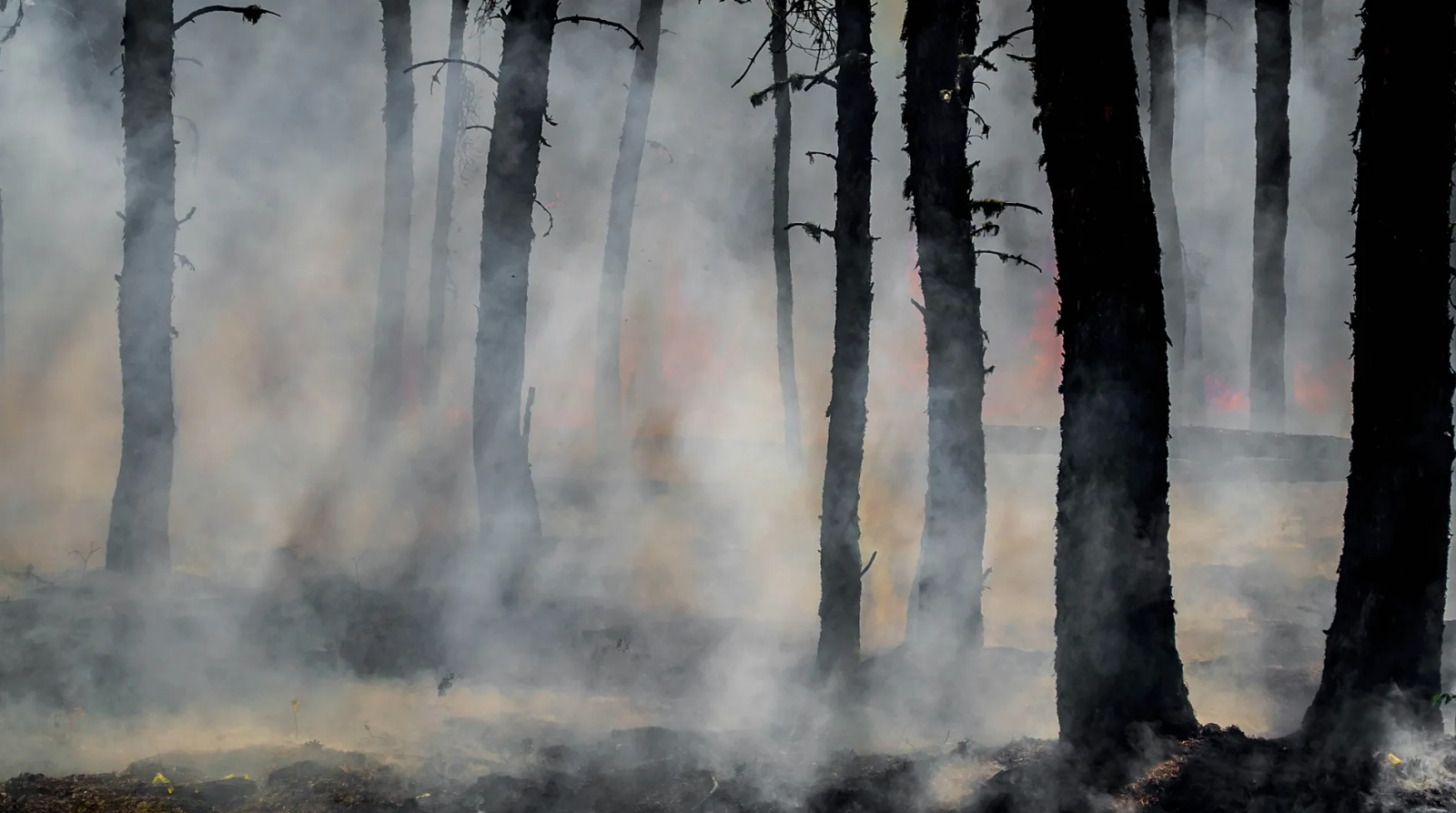
The second annual State of Wildfires report, released this week by researchers at the University of Melbourne, reveals that between March 2024 and February 2025, 3.7 million square kilometres were affected, impacting 100 million people — an area larger than India — and putting an estimated €183 billion worth of homes and infrastructure at risk.
Why forests are catching fire
The report highlights that rising temperatures are not only creating more fire-prone weather but also altering vegetation growth and dryness, producing more fuel for fires. In South America, the Pantanal-Chiquitano region experienced fires 35 times larger than would have occurred without human-induced warming.
"The deadly Los Angeles wildfires in January were twice as likely and burned 25 times more land than they would have in a world without human-caused climate change," said Hamish Clarke, co-author of the study.
No region has been spared. In Australia, over 1,000 large fires burned 470,000 hectares in the west and more than five million hectares in central regions. The Amazon saw its most devastating fire season in over 20 years, burning 3.3 million hectares and releasing vast amounts of carbon dioxide. Southern Europe, hit by heatwaves and droughts, lost 232,000 hectares of forest by July 2025, roughly the size of Luxembourg.
Global consequences
The impacts extend beyond immediate destruction. A new study in Nature shows that Queensland's tropical rainforests have flipped from carbon sinks to sources, emitting more greenhouse gases than they store. Tree mortality and decay, accelerated by hotter, drier conditions, are undermining the forests' ability to absorb carbon.
Scientists warn that protecting and restoring forests is now critical to preserve biodiversity and maintain the planet's carbon balance.
"While the scale of the challenge is unprecedented, it's not too late to act," Clarke said. "Urgent global measures can still mitigate the worst impacts of climate-driven fires."